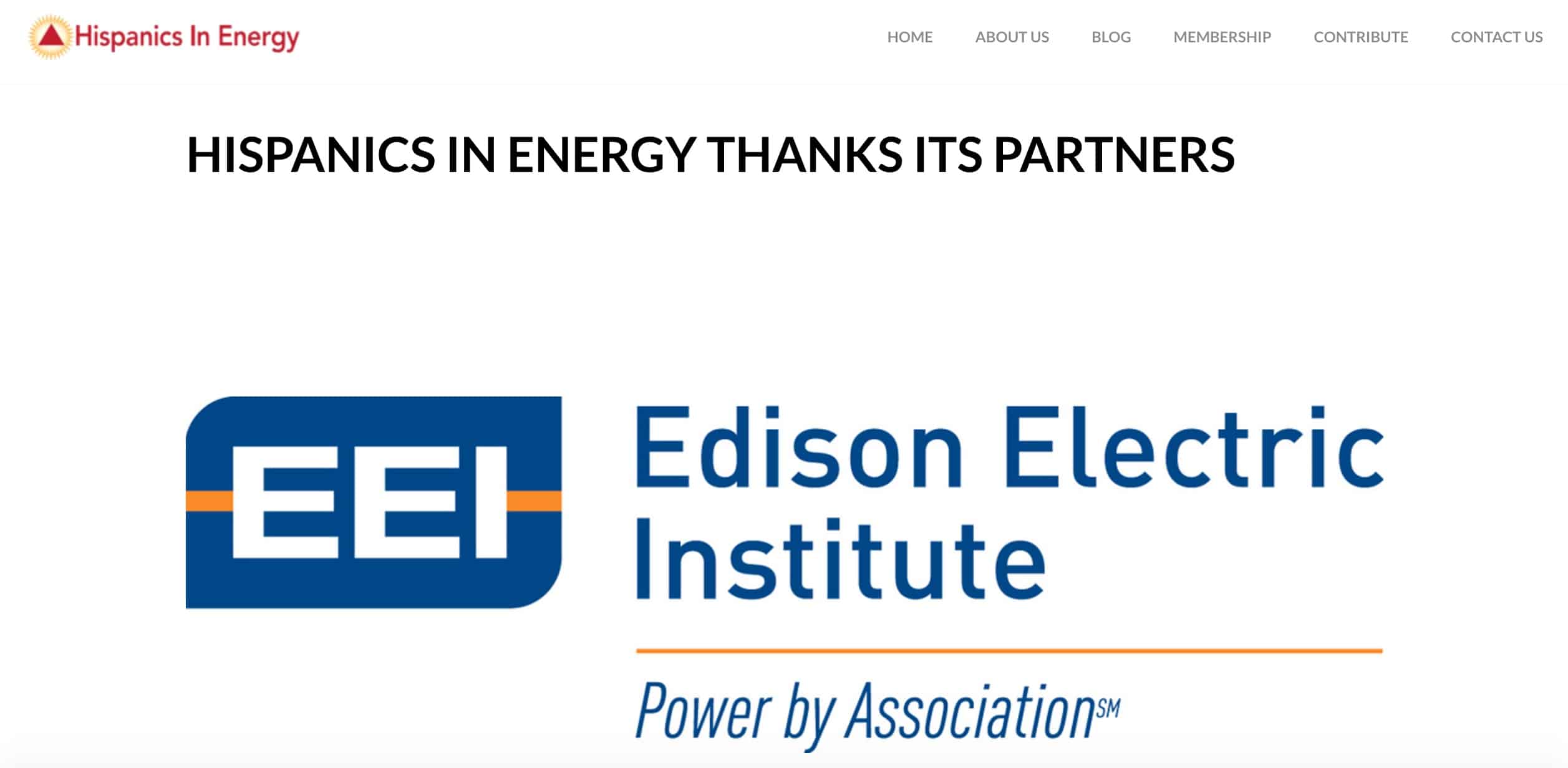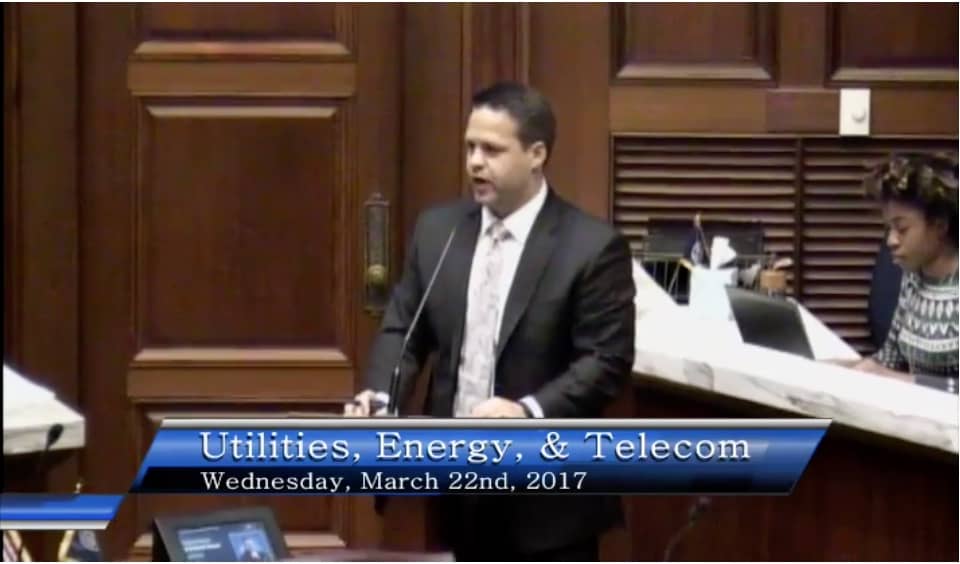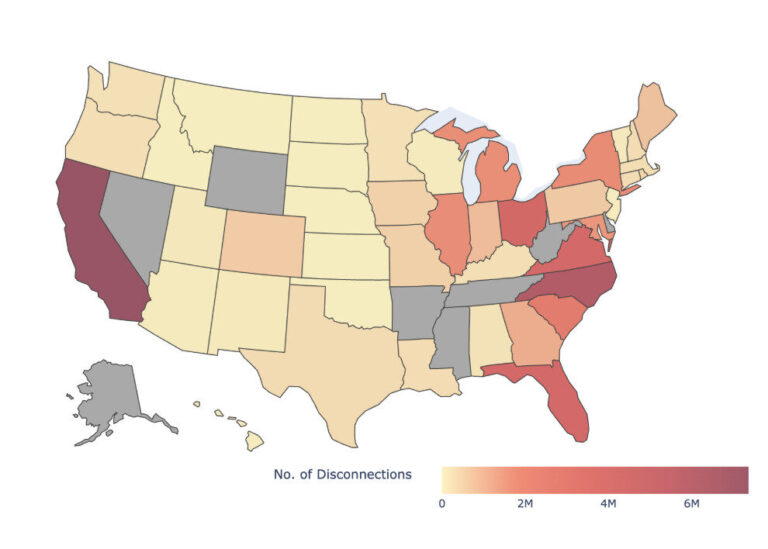Utility Industry Third-Parties Emerge in Utah to Defend Rocky Mountain Power’s Proposed Solar Fees

The Utah state Public Service Commission delayed hearings over Rocky Mountain Power’s proposed new fees on rooftop solar customers until the week of September 18 as parties continue their settlement talks, but this has not stopped people with ties to the utility industry from continuing efforts to sway regulators and the public about rooftop solar.
On August 19, Monica Martinez wrote an op-ed that was published in The Deseret News that echoed the utility industry’s cost-shift myth and called for the PSC to fix the issue. Martinez is a former commissioner from Michigan, CEO of the Ruben Strategy Group LLC, and President of Hispanics In Energy. Martinez has stated these claims before. In fact, in 2016, as Illinois legislators were debating energy legislation that included rooftop solar policies, Martinez wrote a similar op-ed for the Daily Herald that called for policy makers to change the state’s net metering policy.

Hispanics In Energy has been a key organization in Edison Electric Institute’s campaign of working with third-party organizations to build-up the narrative that rooftop solar causes a cost-shift in states with paltry amounts of rooftop solar energy generation. The organization was created in 2012, had $79,850 in revenue in 2013 and received $10,000 from EEI that year. Their website currently features EEI has a partner, along with several utility companies and oil and gas companies.
Martinez has not been the only third party connected to the utility industry to weigh in this month. A Consumer Energy Alliance representative submitted comments to the commission during a public hearing, and Ashley Brown from the Harvard Electricity Policy Group had an op-ed published, both echoing the cost-shift argument.
Consumer Energy Alliance continues its utility-funded assault on solar in Utah
A few days before the PSC agreed to delay hearings involving the intervenors in the case, it held a public hearing on the issue, and the Consumer Energy Alliance showed up. CEA’s James Voyles told the commissioners that he is “probably a new face” to them but that he represents a “consumer advocacy organization” and was there to speak in favor of Rocky Mountain Power’s proposal.
People who have watched solar debates play out in other states might be familiar with Voyles and CEA.

In March 2017, James Voyles appeared in Indianapolis to testify in the Indiana House Utilities, Energy, and Telecommunications Committee in favor of legislation that ultimately became law that ended net metering in the state. In his testimony, Voyles used the cost-shift argument, and surprisingly used a 2017 study from Lawrence Berkeley National Laboratory as evidence – but the study does not actually support Voyles’ argument. In fact, the LBNL study concludes that a cost-shift doesn’t occur until rooftop solar penetration reaches 10%, and neither Utah nor Indiana are anywhere near that threshold.
Consumer Energy Alliance is the organization that is run out of the offices of the Washington D.C.-based PR firm, HBW Resources. In 2014, it was caught submitting a fraudulent petition to the Wisconsin PSC that “supported” the Madison Gas & Electric and We Energies fixed-rate proposals. The PSC dismissed the petition saying it would not be included in the record. Both MGE and We Energies said they were not involved with CEA. A members page on CEA’s website shows that many utilities are members, including EEI, Dominion, Florida Power & Light, Louisville Gas and Electric and Kentucky Utilities, SCANA, and Xcel Energy.
Voyles’ anti-solar testimony was far outweighed by Utah residents and ratepayers of Rocky Mountain Power who were critical of the utility’s proposals. Based on a transcript of the hearing, over a hundred people showed up to comment, many of whom expressed anger at their monopoly utility company’s efforts to increase fees on solar. The speakers included a veteran that brought the PSC’s’ attention to the actual cost of coal study by the late Dr. Paul Epstein of Harvard Medical School that detailed the full costs of the coal life cycle to human health; a teacher with asthma who called on the PSC to promote solar and reduce the amount of ozone and particulates from power plants; and an architect from Salt Lake City that also asked the PSC to force Rocky Mountain Power to transition away from coal and to solar.
Utility-funded Harvard Electric Policy Group enters Utah fray
Several days before the public hearing in which CEA appeared, Ashley Brown, executive director at the Harvard Electricity Policy Group (HEPG), wrote an op-ed in The Salt Lake Tribune, again bringing up the specter of a solar cost-shift. HEPG is funded by utilities. A webpage that detailed its funders was deleted and changed at some point in 2016, but an Internet Archive preservation of the page shows that contributions to HEPG have come from EEI and PacifiCorp, which owns Rocky Mountain Power.
Brown has authored a study about rooftop solar, has testified on behalf of utilities in net metering dockets, and has had op-eds published in additional outlets. Karl Rábago, executive director of the Pace Energy and Climate Center, responded to a 2015 Brown op-ed. Regarding the cost-shift Brown cites as a reason to end net metering, Rábago writes,
“This is an oft-repeated canard. The basis for this assertion is that in a system of average rates applied to an entire class of customers, the customer that uses less than the average amount of electricity pays a lower contribution to fixed cost recovery than the average customer or the customer that uses more energy than average. Doh! Mr. Brown’s concern on behalf of the utilities he represents is that if everyone used less than the average amount of electricity, the utility would have no one to charge for those fixed costs.
First, if the customer regularly uses less than the average amount of electricity, they are imposing lower costs on the utility system, so they are entitled to pay less. And if Mr. Brown has a cost-of-service study (the “data”) to prove otherwise, he should produce it. Otherwise, he is just making a perversely socialistic argument that customers who don’t use the class average amount of electricity must pay as if they did.
Second, the cross subsidization argument only applies between rate cases, and only, in this case, if the utility fails to find ways to help expand the base of solar customers. If the utility doesn’t sell the electricity it expected to when it set its rates, it need only go to its regulatory authority or board and demonstrate a threat to its financial integrity meriting a re-assessment of rates. Mr. Brown has again not offered any data showing that the revenue shortfall created by solar is financially significant, or that the system-wide benefits produced by solar are lower than the system-wide costs. Again, the Value of Solar studies show that ALL customers get significant benefits when individual customers invest their money to install solar generation, even when they get public policy and tax support as well.”
In an email to Energy and Policy Institute, a spokesperson for Rocky Mountain Power said that it does not fund nor is it a member of HEPG, CEA, or Hispanics In Energy.
August 27, 2017, update: The Koch Brothers-funded Americans For Prosperity Utah chapter also wrote an op-ed for the Salt Lake Tribune defending Rocky Mountain Power’s proposal to the PSC. According to the latest available tax documents, EEI contributed $7,500 to Americans For Prosperity in 2015.
August 28, 2017, update: A compromise in Utah’s net metering debate has been reached, allowing for current Rocky Mountain Power’s current solar customers or those who submit before November 15, 2017, to maintain their retail rate credits through 2035. Annie Knox of Desert News Utah reports, “Starting in November, any new customers will receive three years of credits, though at a slightly lesser rate, during a transition period. After that, a new fee structure determined by the state’s Public Service Commission will take effect. The commission rate still is being hashed out and will be released by 2020, according to a prepared statement from the governor’s office. Solar companies and energy advocates also were involved in the yearslong negotiations.”



